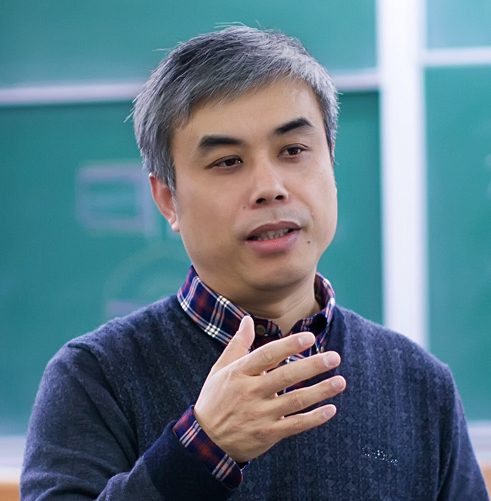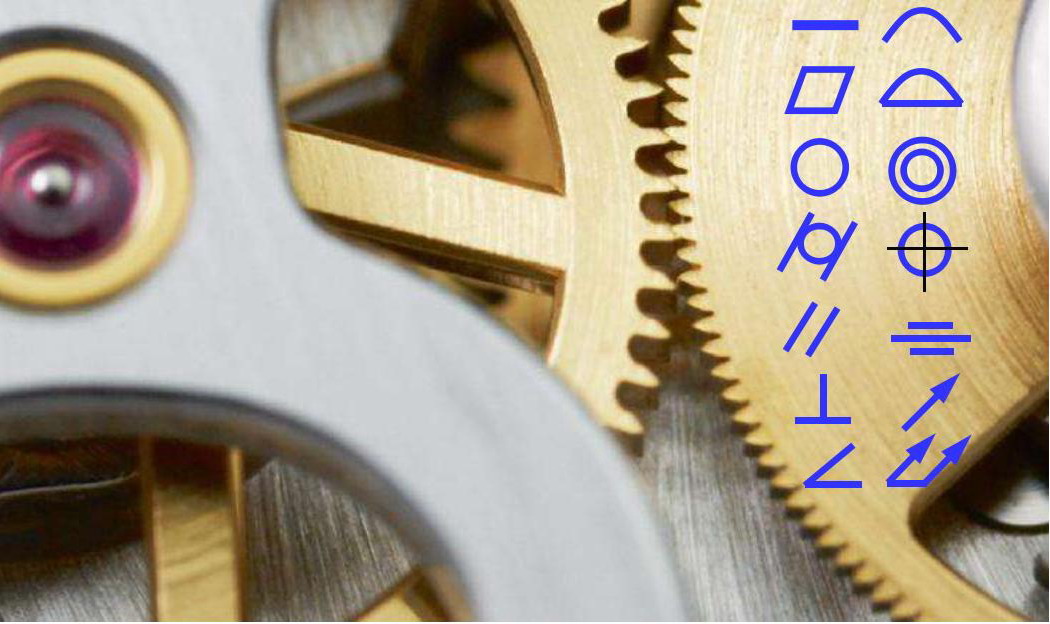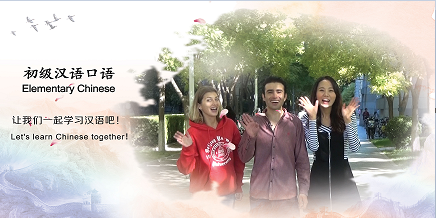
Production Engineering课程:前往报名学习
This course generally introduce basic principles, process engineering and design procedure related to Production Engineering. The study on this course will give you idea on problems such as how crude oil be exploited effectively and how its quality be improved.
开设学校:中国石油大学(北京);学科:工学、
This course generally introduce basic principles, process engineering and design procedure related to Production Engineering. The study on this course will give you idea on problems such as how crude oil be exploited effectively and how its quality be improved.
-1.1 Main Tasks of Production Engineering
--1.1 Main Tasks of Production Engineering
-1.2 Flow in Production System
--1.2 Flow in Production System
-Problems
--Chapter 1 - Problems
-2.1 IPR Curve and Well Productivity
--2.1.1 Single-Phase Oil Inflow Performance Relationships
-2.2 Vogel's IPR and Applications
--2.2.2 Determination of IPR Curves Using Vogel's Equation
--2.2.3 Skin Factor and Flow Efficiency
--2.2.4 Extension of Vogel's Equation for Non-Complete Wells
--2.2.5 Combination Single-Phase Liquid and Two-Phase Flow
-Problems
--Chapter 2--Problems
-3.1 Two-Phase Flow in Wellbore
--3.1.1 Flow Regimes in Vertical Flow
-3.2 Two-Phase Vertical Flow Pressure Gradient Models
--3.2.1 Two-Phase Pressure Gradient Equations
--3.2.2 Predicting Gas-Liquid Flow Regimes Using the Okiszewski Correlation
--3.2.3 Pressure Gradient Calculation Using the Okiszewski Correlation
-3.3 Vertical Lift Performance
--3.3 Vertical Lift Performance
-Problems
--Chapter 3--Problems
-4.1 Nodal Analysis Approach
--4.1.2 Solution Node at Bottom of Well
--4.1.3 Solution Node at Wellhead
-4.2 Flow through Chokes
--4.2.2 Solution Node at Choke
-Problems
--Chapter 4--Problems
-5.1 Principles of Gas Lift
--5.1.2 Initial Kick-off of Gas Lift
-5.2 Gas Lift Valves and Gas Lift Completions
-5.3 Gas Lift Design
--5.3.1 Gas Lift Design for Specific Production Rate
--5.3.2 Gas Lift Design for Specific Injection Rate
--5.3.3 Kick-off Procedure with Unloading Valves
--5.3.4 Design Depths of Unloading Valves
-Problems
--Chapter 5--Problems
-6.1 Introduction of Surface and Downhole Equipment
-6.2 Operating Principle of Sucker Rod Pumps
-6.3 Pumping Unit Kinematics
--6.3.1 Motion of Polished Rod-Simple Harmonic Motion
--6.3.2 Motion of Polished Rod-Crank and Pitman Motion
-6.4 Polished Rod Load
--6.4.3 Peak Polished Rod Load and Minimum Polished Rod Load
-Problems
--Problems for chapter 6: Sucker Rod pumping I
-6.5 Calculation of Counterbalancing, Torque and Power
--6.5.1 Balance of Pumping Unit
--6.5.2 Counterbalancing Calculation
--6.5.3 Torque and Torque Factor
-6.6 Volumetric Efficiency of Pump
--6.6.2 Gas Effect on Pump Performance
--6.6.3 Measures of Enhancing Pump Volumetric Efficiency
-6.7 Design of Pumping System
--6.7.1 Strength Calculation and Design of Sucker Rod Strings
--6.7.2 Design Procedures of Pumping System
-6.8 Analysis of Sucker Rod Pumping Well Conditions
--6.8.1 Acoustic Surveys and Analysis of Annular Liquid Levels
--6.8.2 Introduction of Dynamometer Card
--6.8.3 Typical Dynamometer Cards
-Problems
--Problems: Chapter 6: Sucker Rod Pumping (II)
-7.1 Water Injection System
--7.1.1 Water Resources and Water Treatment
--7.1.2 Introduction of Water Injection System
-7.2 Injectivity Analysis
--7.2.1 Injectivity and Injectivity Index Curves
-7.3 Injection Tubing String
--7.3 Introduction of Injection Tubing Strings
-7.4 Analysis and Application of Injectivity Index Curves
--7.4.1 Analysis of Injectivity Index Curves
--7.4.2 Injection Choke Deployment
-Problems
--Chapter 7--Problems
-8.0 Introduction
-8.1 The Fracturing of Reservoir Rock
--8.1.1 Basic Rock Mechanics Parameters
--8.1.4 Fracture Initiation Conditions
-Problems
--Chapter 8(I)--Problems
-8.2 Fracturing Fluids
--8.2.2 Fluid-Loss Properties of Fracturing Fluids
--8.2.3 Rheological Properties of Fracturing Fluids
-8.3 Proppants
-8.4 Hydraulic Fracturing Design
--8.4.1 Productivity Index of Hydraulic Fracturing Wells
--8.4.2 Fracture Geometry Models
--8.4.3 Design Procedure for Hydraulic Fracturing
-Problems
--Chapter 8(II)--Problems
-9.0 Introduction
-9.1 Carbonate Acidizing
--9.1.1 Mechanism of Carbonate Acidizing
--9.1.2 Effect Factors of Reaction Rate
--9.1.4 Effective Distance of Live Acid
-9.2 Sandstone Acidizing
--9.2.1 Mechanism of Sandstone Acidizing
--9.2.2 Mud Acid Treatment Design
-9.3 Acidizing Treatment Technologies
--9.3.2 Acidizing Treatment Operations
-Problems
--Chapter 9--Problems
-Final Exam
韩国庆,博士,教授,博士生导师,北京市教学名师,教育部在线教育研究中心智慧教学之星。2007-2008年美国德州农工大学访问学者一年。国家级精品课和国家级精品资源共享课"采油工程"教学团队骨干成员,石油工程学院精品课教师。主讲《采油工程》、《修井工程》、《气液两相流》、《多相流理论》、《复杂结构井开发理论与技术》等课程。曾获国家级教学成果奖1项,北京市教学成果奖3项,获得省部级科技成果一等奖奖励5项,二等奖奖励1项,以第一发明人获得国家发明专利7项。
张士诚,博士,教授,博士生导师,北京市教学名师。国家级精品课和国家级精品资源共享课“采油工程”教学团队负责人,曾获第三届北京市高等学校教学名师奖,北京市优秀青年骨干教师称号。曾获国家教学成果二等奖2项,北京市教学成果一等奖3项,二等奖1项。作为油气田开发工程学术带头人,长期从事采油工程理论与技术、油气渗流理论与应用的科研工作,获得省部级科技进步奖多项。
张红玲,硕士,副教授,硕士生导师。国家级精品课和国家级精品资源共享课"采油工程"教学团队骨干成员。主讲《采油工程》、《采油工程方案设计》、《试油与试采》、《采气工程》等课程。获得省部级科技成果一等奖奖励1项,二等奖奖励1项,主编教材《采油工程》、《海洋油气开采原理与技术》、《试油与测试工艺》。
马新仿,博士,教授,博士生导师。2009年1月至2010年1月美国德州农工大学访问学者一年。国家级精品课程和国家级精品资源共享课“采油工程”教学团队骨干成员,主讲《采油工程》、《油气田开发概论》、《油气井增产技术》等课程。曾获中国石油大学(北京)“优秀教师”称号,曾获中国石油大学(北京)教学成果一等奖2项,获省部级科技成果二等奖2项,以第一发明人获得国家发明专利2项。
牟建业,博士,教授,博士生导师,2009年博士毕业于美国德州农工大学。国家级精品课程和国家级精品资源共享课“采油工程”教学团队骨干成员。主讲《采油工程》、《酸化增产技术》、《高等采油工程》课程。曾获省部级科技成果一等奖一项,二等奖一项,以第一发明人获得国家发明专利二项。
王飞,博士,副教授,硕士生导师。2006年获得中国石油大学(北京)石油工程专业学士学位;2010年获得英国赫瑞瓦特大学石油工程博士学位。2011年加入中国石油大学(北京)石油工程学院,主要从事页岩储层压裂过程多场耦合数学建模、数值模拟及压裂效果评价等研究,发表论文30余篇,主持参与国家级、省部级自然基金项目7项,参与国家重大科技专项/973项目子课题9项。国家级精品课和国家级精品资源共享课"采油工程"教学团队骨干成员。主讲本科生全英文课程《采油工程》、硕士全英文课程《试井分析》。
田树宝,博士,讲师。国家级精品课和国家级精品资源共享课采油工程教学团队骨干成员。主讲《采油工程》《油气田开发动态分析》《石油工程导论》等课程。
王雷,博士,讲师,硕士生导师。 2009年美国德州农工大学访问学者一年。国家级精品课和国家级精品资源共享课"采油工程"教学团队骨干成员。主讲《采油工程》、《油气藏经营管理》课程。曾获省部级科技成果一等奖奖励1项。

